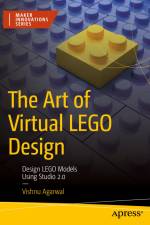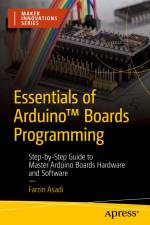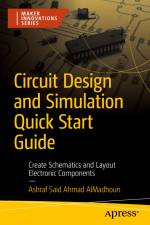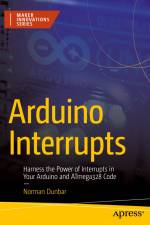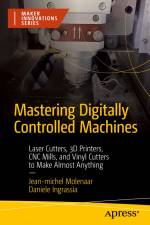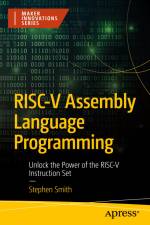av Corey Richard
445
Gain complete understanding of electronic systems and their constituent parts. From the origins of the semiconductor industry right up until today, this book serves as a technical primer to semiconductor technology. Spanning design and manufacturing to the basic physics of electricity, it provides a comprehensive base of understanding from transistor to iPhone. Melding an accessible, conversational style with over 100 diagrams and illustrations, Understanding Semiconductors provides clear explanations of technical concepts going deep enough to fully explain key vernacular, mechanisms, and basic processes, without getting lost in the supporting theories or the theories that support the supporting theories. Concepts are tethered to the real world with crisp analysis of industry dynamics and future trends. As a break from the straight-ahead scientific concepts that keep the world of semiconductors spinning, Understanding Semiconductors is liberally sprinkled with apt analogies that elucidate difficult concepts. For example, when describing the relationship between voltage, current, power, and the flow of electricity through an electronic system, the book draws a parallel to a hot shower and the water utility system. Most of these are paired with clear visuals, giving you the best chance possible to absorb the concept at hand before moving on to the next topic. Whether you're narrowly technical or don't know silicon from silly putty, working directly in hardware technologies and want to know more, or simply a curious person seeking hard information about the technology that powers the modern world, Understanding Semiconductors will be an informative, dependable resource. What You'll Learn: Charge, Electricity, and Basic Physics What are Semiconductors The Semiconductor Value Chain and Design Trade-Offs Transistors and Other Common Circuit Building Blocks Semiconductor Design from Concept to Tapeout Wafer Fabrication and Semiconductor Manufacturing Process Integrated Circuit (IC) Packaging and Signal & Power Integrity (SIPI) Common Circuits and System Components RF and Wireless Technologies System Architecture and Integration The Semiconductor Industry - Challenges, History, and Trends The Future of Semiconductors and Electronic Systems Who This Book Is For: People working directly in the semiconductor, electronics, and hardware technologies fields or in supporting industries, hobbyists and new electrical engineering enthusiasts with minimal technical experience or pre-existing qualifications, and curious individuals interested in learning more about a fascinating area of technology. Though designed for a non- or semi-technical reader, engineers focused in one particular domain can also use this book to broaden their understanding in areas that aren't directly related to their core area of expertise.

